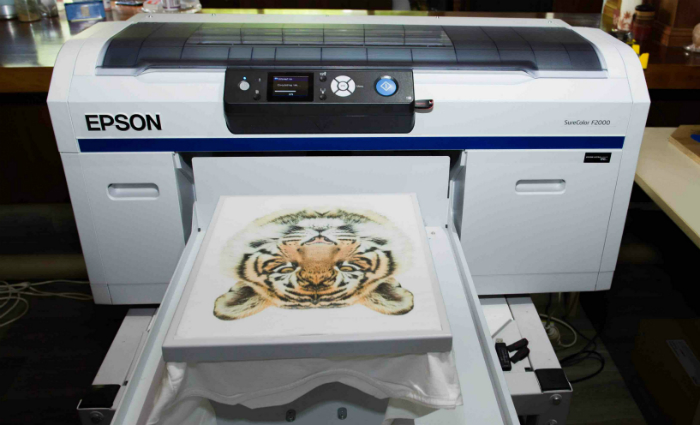The latest data from print market researcher Smithers Pira has forecast digital textile print to experience a double digit growth globally across 2016 to 2021.
The Smithers Pira report, The Future of Digital Textile Printing to 2021 predicts this global market valued at €1.17bn ( in 2016 will surge at an annual average of 12.3 per cent for 2016 to 2021.
According to researchers, this will drive a swift increase in the volume of fabric printed with inkjet equipment from €870m per metres squared in 2016 to €1.95bn per metres squared in 2021 – indicating 17.5 per cent annual growth. Smithers Pira says this will cause the market to more than double in value over the next five years to reach €2.42bn in 2021.
Author of the report, Dr Justin Hayward says, “Growth is continuing at an attractive pace for investors and large corporations. This is witnessed by very important merger and acquisition activity in the past two years, with conglomerates from Japan and the US creating groups of companies.
“Old family textile printing businesses have been purchased and are being incorporated into these larger businesses combing expertise inks and machines. Global near-exponential growth rates cannot be sustained in the long-run as a market matures; but several very high growth regions remain.
“The revolution digital printing has created in graphics, and more recently in ceramics, shows a market penetration of over 70 per cent can occur within a few years, if there is extensive cost parity or better, and if barriers to change are removed.”
Companies such as Pozitive and Epson jumped onto the trend early, Pozitive has started supplying Korean textile printer manufacturer DGI’s solutions following its supplier appointment late last year. In July, Epson completed a 100 per cent takeover of Italian textile printermanufacturer Fratelli Robustelli, a collaboration which will see Epson expand its capabilities in digital inkjet textile printing. The company alreasdy had a range of solutions.
Within the market, the display and signage sub-segment is expected to produce the largest increase in value for 2016 to 2021, while the greatest acceleration across the study period will be in the clothing sub-segment.


